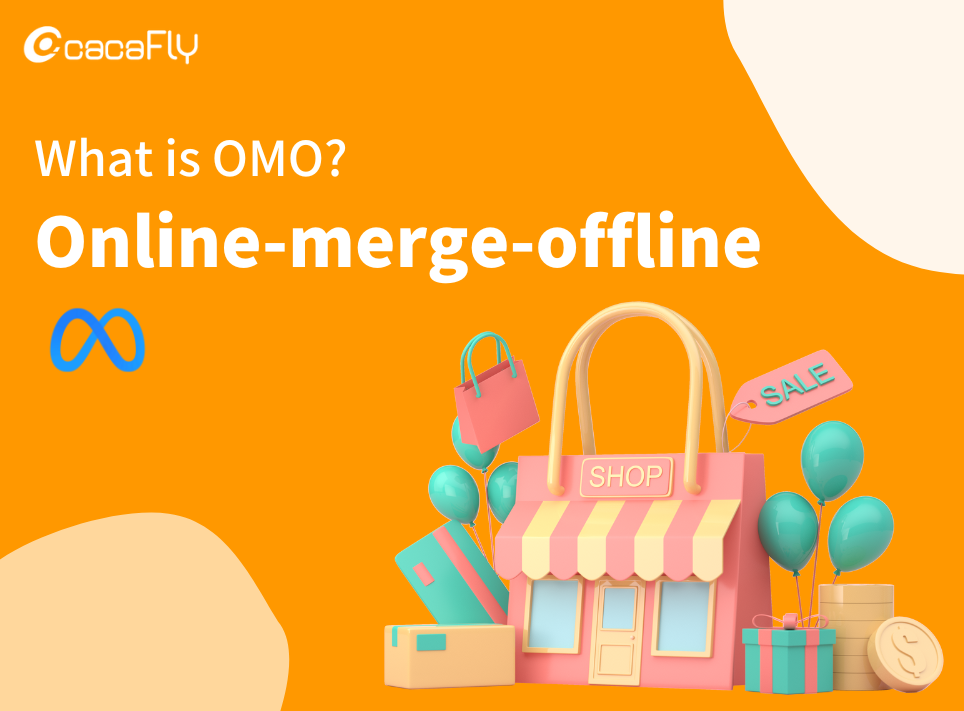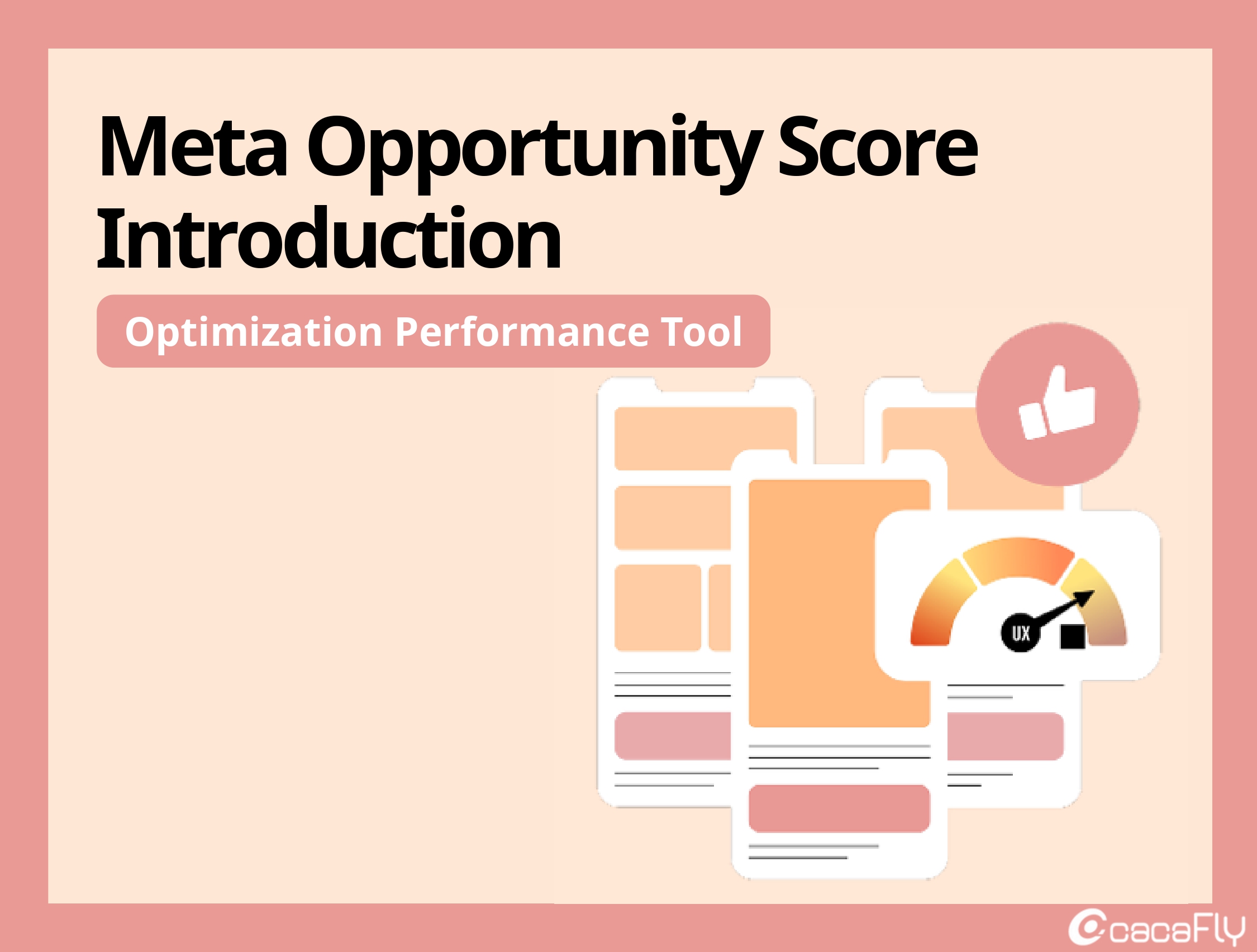“The era of pure e-commerce will soon come to an end. In the next ten or twenty years, there will no longer be a distinction between e-commerce and traditional retail; there will only be ‘New Retail.’ This means that online, offline, and logistics must be combined to create true new retail. Offline businesses must move online, and online businesses must establish a physical presence. Only by integrating online, offline, and modern logistics can we truly create a new retail experience.”
This is a statement made by Jack Ma during the 2016 Alibaba Cloud Conference in Hangzhou. Eight years have passed since then, so how has our world changed? In Malaysia, after the e-commerce boom spurred by the pandemic and the subsequent surge in retail consumption during the post-pandemic era, how has the market evolved?
New Retail: Optimizing Consumer Experience by Integrating Online and Offline
A few years ago, Mr. Lim Kim Heng, founder and managing director of Senheng, often spoke about “New Retail,” which gave everyone a fresh perspective on this concept. But what exactly is New Retail? We can understand it as a concept where all purchasing processes are designed from the consumer’s needs, connecting various sales channels. By integrating data, businesses can grasp consumer demands, thereby optimizing their experience and ultimately transforming traditional B2C retail into C2B.
As a result, we have seen many traditional retailers establish their own e-commerce platforms, whether by setting up their own online stores or launching their own marketplace platforms. The pandemic especially highlighted the importance of e-commerce to many businesses.
However, New Retail is not limited to e-commerce platforms, it breaks the boundaries of traditional retail by deeply integrating online, offline, and logistics to create a completely new retail model. Its core characteristic emphasizes the fusion of online and offline to create a seamless shopping experience. Consumers can browse and purchase products online or shop in physical stores.
This is where many Malaysian businesses face challenges during digital transformation. The key to New Retail lies not in its “form” but in its mindset—understanding consumers better and creating shopping channels that suit their needs. This has become the critical aspect of New Retail, and many brands often invest significant resources only to find themselves “having the form but missing the essence.”
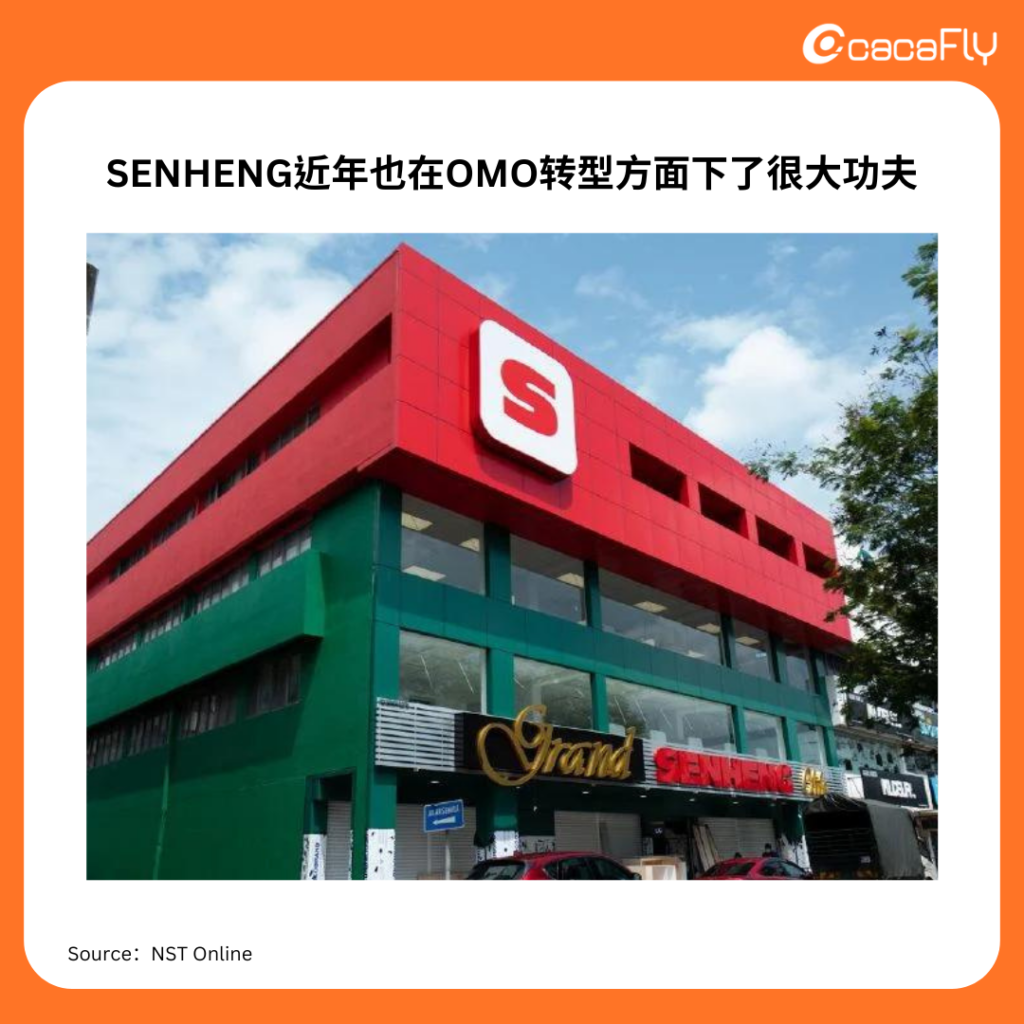
OMO: Breaking Down Online and Offline Barriers to Provide Seamless Consumer Experiences
Today, we want to discuss “OMO” in Malaysia’s context. What exactly is this new retail concept? OMO stands for “Online Merges with Offline,” primarily focusing on breaking down the traditional boundaries between online and offline businesses to provide customers with a more seamless and consistent shopping experience.
Under the OMO concept, businesses strive to integrate e-commerce and physical stores, creating a more flexible and diverse consumer experience. For example, customers can purchase products on an e-commerce platform and pick them up at a physical store, or they can experience the products in-store and then make purchases through the e-commerce platform. Information technology and data management are crucial in achieving these results, including electronic payments and big data analytics, to provide a perfect shopping experience that “fits” consumer needs and strengthens the interaction between the brand and consumers.
OMO Example: ZUS COFFEE’s Seamless Online and Offline Shopping Experience
Founded in 2019, ZUS Coffee is a Malaysian coffee chain dedicated to offering high-quality yet affordable coffee, primarily targeting young consumers who frequent chain coffee shops. With the mission of “making coffee an everyday necessity,” ZUS Coffee has expanded to 270 stores across Malaysia as of August 2023, and their mobile app has reached 2 million downloads.
ZUS initially encouraged consumers to download their app through the “A Free Welcome Drink For You” promotion, marking the first step from offline to online. Through the app, they gradually gathered insights into consumer purchasing habits and behaviors, which helped them rapidly expand and become one of the fastest-growing coffee brands in the market. This success is attributed to their efforts to “understand their consumers.”
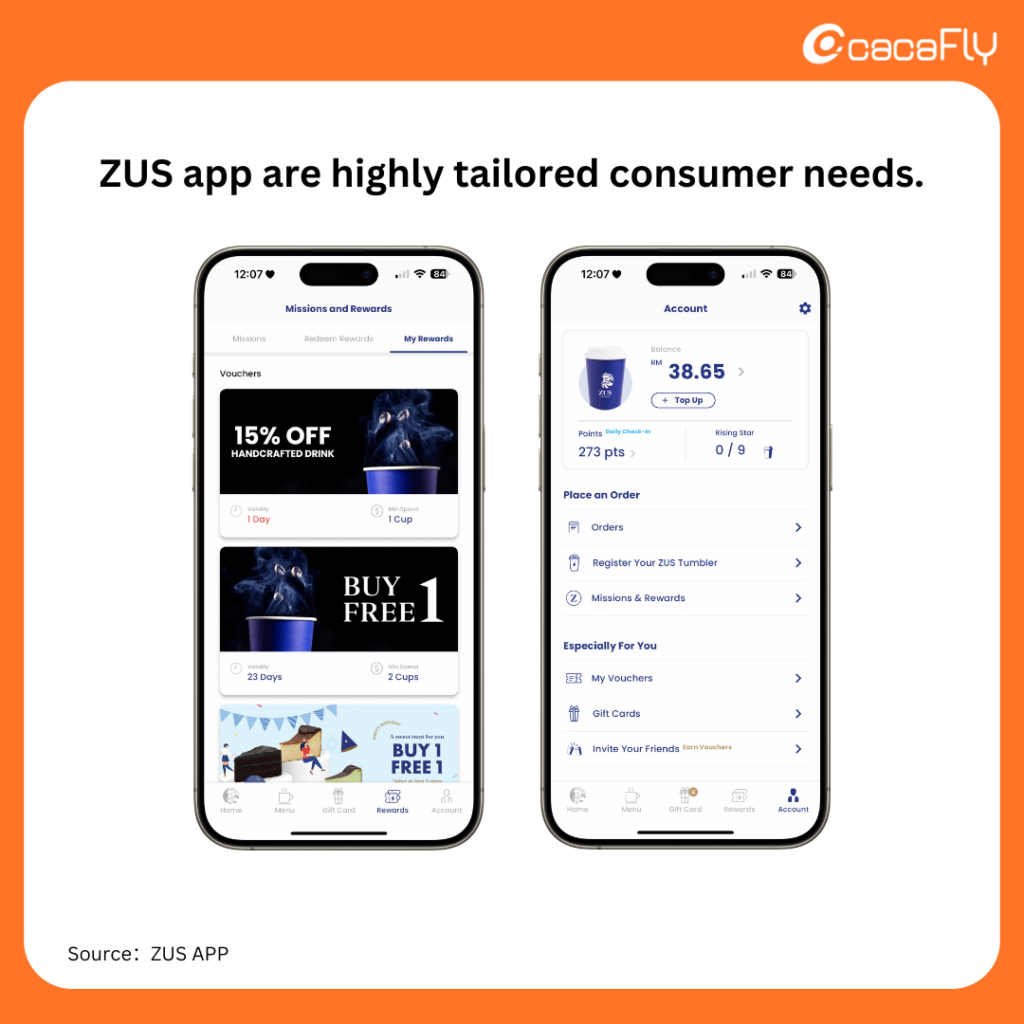
Interested in creating your own OMO strategy? Reach out to us today.
In 2024, cacaFly Malaysia had the privilege of becoming a strategic partner with CYBERBIZ, an industry leader in Taiwan’s online business and offline integration platform. With the proven success of ZUS Coffee’s OMO strategy, many brands are eager to reach new heights through OMO and adapt to the “New Retail” market. However, not every company has the scale and resources of ZUS Coffee, making Cyberbiz’s solutions the perfect fit for brands facing challenges.
Many businesses often wonder if implementing OMO requires substantial investment, completely overhauling their existing systems or processes, or customizing various aspects such as website development and app creation. Cyberbiz’s solutions address these concerns by offering a template-based approach to help brands develop online stores. This goes beyond just setting up a website; it includes comprehensive OMO functionality, providing businesses with a unified database for managing and analyzing consumer data, as well as over 100 promotional mechanisms to help brands create more tailored marketing campaigns.
More importantly, unlike customized systems that often face compatibility issues with other systems, CYBERBIZ is fully committed to the Malaysian market by offering full API integration. This means you don’t have to “start from scratch” to implement OMO transformation; instead, you can gradually progress towards OMO transformation based on your existing foundation.
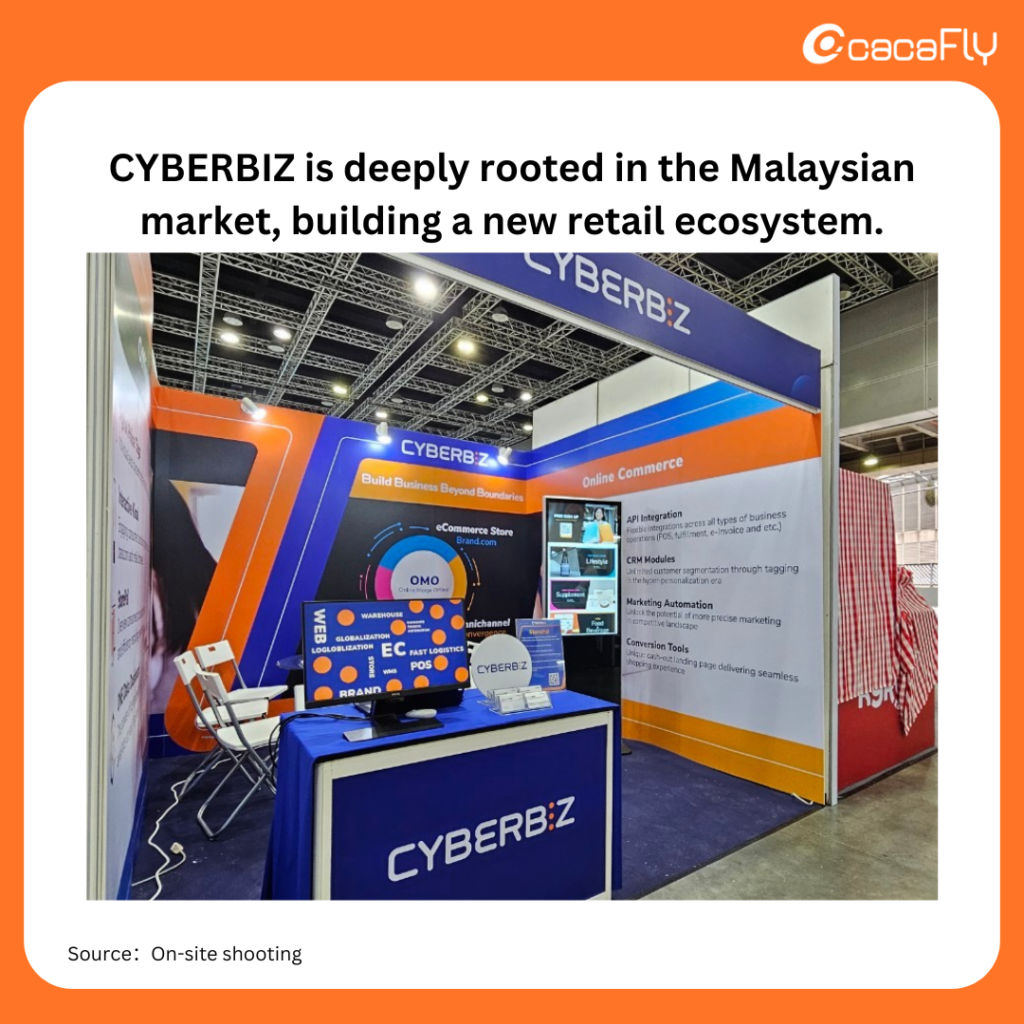
Want to explore CYBERBIZ’s OMO solutions? Contact us today!
Get in touch with our expert team at cacaFly, and let’s work together to create a bright new future!

